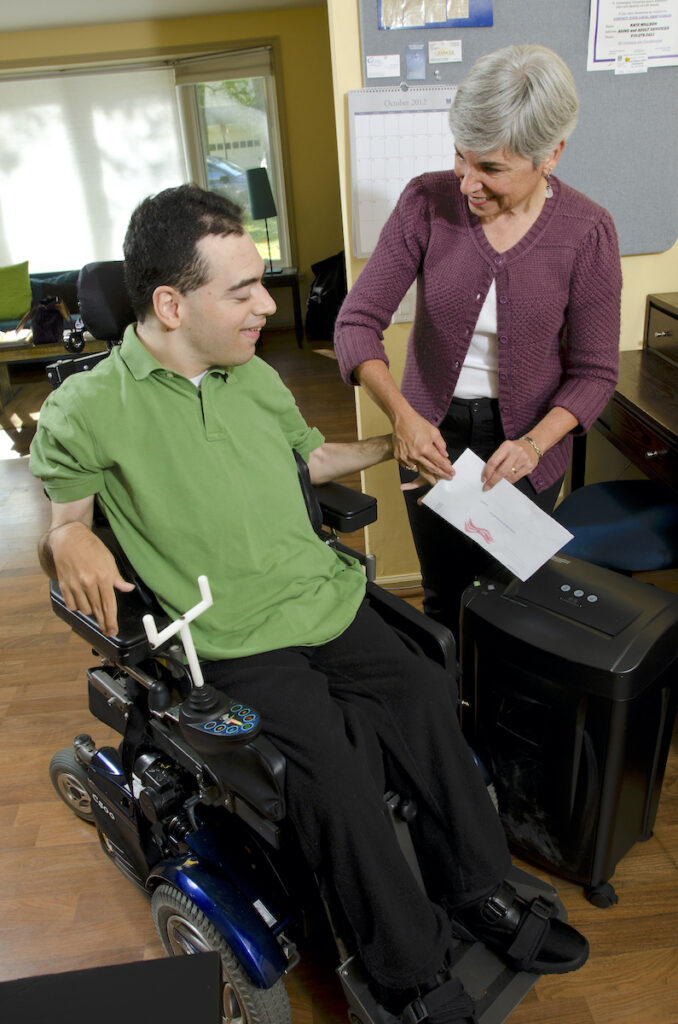Identity theft is one of the fastest growing crimes. It happens when someone steals your personal information and then uses it to buy things that you have to pay for.
The thief can:
You need to protect your personal information to avoid being responsible for purchases you did not make. You can check for identity theft at least three times a year by getting a copy of your credit report from each of the three credit bureaus. (We’ll talk about credit reports and credit bureaus in the next topic.)


A theft of the master key for all the stand-alone United States Postal Service (USPS) mailboxes makes these mailboxes at risk for theft of their contents.
TIP: If you need to mail anything, go to you local branch of the Post Office and put your mail in the inside mail slot. Most post offices keep the outside door unlock, even if the Post Office is closed.
How to find your closest Post Office, click here: My local Post Office.
Criminals and con artists use scams to trick unsuspecting people into handing over their money. Learn more about how to protect yourself from common scams.
Cleaning up once your identity has been stolen is a very time-consuming job, so it is important to take time to do the necessary steps to be sure no one is ever able to make you a victim of identity theft.